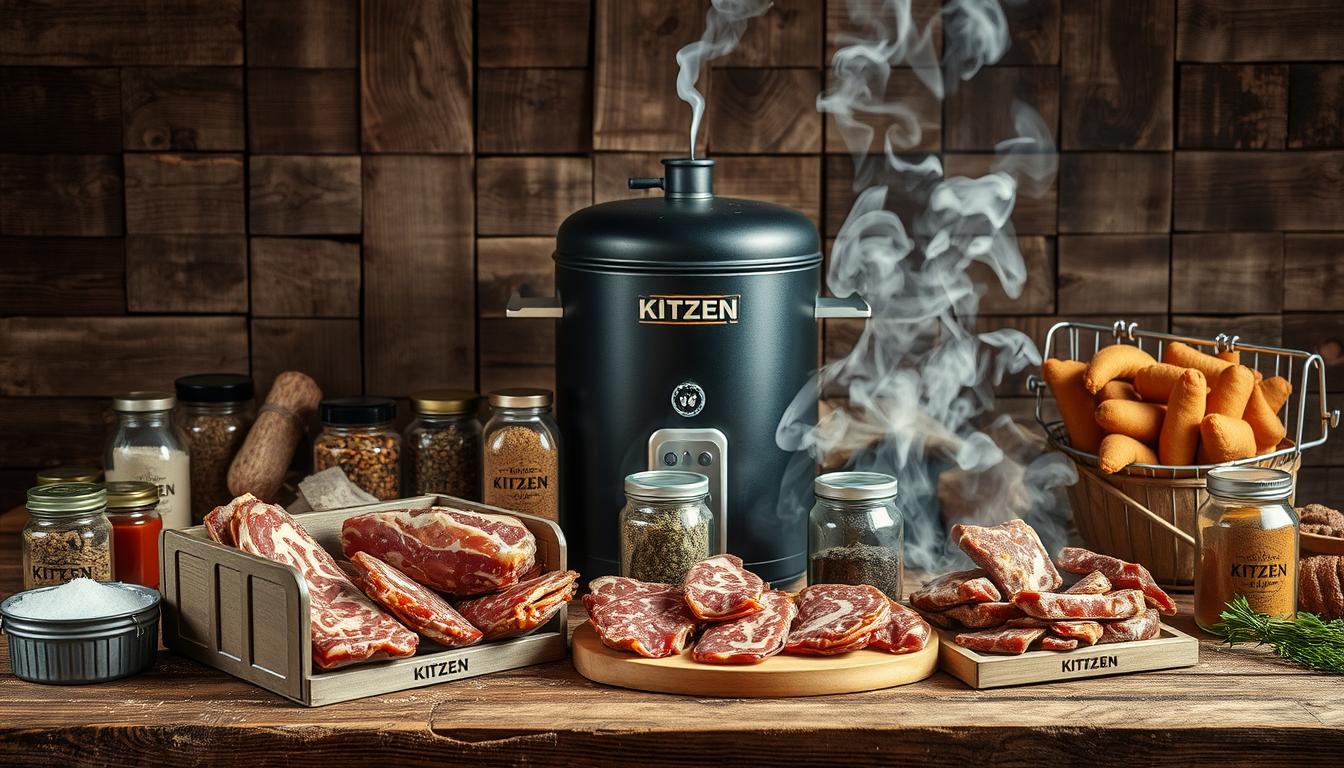How to Store Food Longer: Tips & Tricks
Proper food storage is crucial for maintaining the freshness and quality of the food we eat. When done correctly, it can help reduce waste, save money, and keep our families healthy.
With the rising costs of living, finding ways to preserve food effectively has become more important than ever. By adopting simple techniques and understanding the best practices for storing different types of food, households can significantly extend the shelf life of their groceries.
This article will explore various methods and strategies for storing food longer, ensuring that you can enjoy your favorite meals while minimizing waste.
Key Takeaways
- Understand the importance of proper food storage
- Learn simple techniques to preserve food effectively
- Discover methods to extend the shelf life of groceries
- Reduce food waste and save money
- Keep your family healthy with fresh and quality food
The Science Behind Food Spoilage and Preservation
To preserve food effectively, it's essential to comprehend the underlying causes of spoilage. Food spoilage occurs due to a combination of factors that create an environment conducive to the growth of microorganisms and the degradation of food quality.
Common Causes of Food Deterioration
Several key factors contribute to food deterioration. Understanding these factors is crucial for developing effective preservation strategies.
Bacterial Growth and Oxidation
Bacterial growth is a primary cause of food spoilage . Bacteria thrive in environments with adequate moisture, nutrients, and temperature. Oxidation also plays a significant role, as it can lead to the degradation of food texture, flavor, and nutritional value.
Moisture and Temperature Fluctuations
Moisture and temperature fluctuations can significantly impact food quality. High moisture levels can facilitate bacterial growth , while temperature fluctuations can accelerate chemical reactions that lead to spoilage.
How Preservation Methods Combat Spoilage
Preservation methods are designed to counteract the factors that contribute to spoilage. Techniques such as canning, freezing, and dehydrating create environments that inhibit bacterial growth and oxidation .
| Preservation Method | Effect on Bacterial Growth | Effect on Oxidation |
|---|---|---|
| Canning | Eliminates bacteria through heat | Prevents oxidation by removing oxygen |
| Freezing | Slows down bacterial growth | Reduces oxidation reactions |
| Dehydrating | Removes moisture, inhibiting growth | Reduces oxidation by removing water |
Essential Food Preservation Tools for Your Kitchen
Effective food preservation starts with the right tools; let's explore the essentials you need for your kitchen. Having the right equipment can significantly enhance your ability to keep food fresh for longer periods.
Airtight Kitchen Jars and Containers
Airtight jars and containers are fundamental for storing food. They prevent air, moisture, and pests from reaching your stored food, thus prolonging its freshness.
Glass vs. Plastic Storage Options
When it comes to airtight containers, you have the option of choosing between glass and plastic. Glass containers are non-porous, durable, and can be used for both storing and cooking. On the other hand, plastic containers are lightweight and often less expensive. However, they may absorb odors and stains over time.
Specialized Produce Containers
Some containers are designed specifically for storing produce. These specialized containers can help maintain the optimal humidity and ventilation for different types of fruits and vegetables, keeping them fresh for longer.
Vacuum Sealers and Their Benefits
Vacuum sealers remove air from the container or bag before sealing, which is highly effective in preventing spoilage. This method is particularly useful for storing meat, fish, and other perishable items.
- Prevents freezer burn
- Keeps food fresh for longer
- Reduces storage space needed
How to Store Food Longer in Your Refrigerator
Effective refrigerator storage is crucial for maintaining the quality and safety of your food. By optimizing your refrigerator's organization and using the right storage techniques, you can significantly extend the shelf life of your groceries.
Optimal Refrigerator Organization
Understanding how to use your refrigerator's different compartments effectively is key to optimal storage. This includes making the most of the door, shelves, and drawers.
Door, Shelves, and Drawer Usage Guide
The refrigerator door is best for storing condiments and beverages that don't require extremely cold temperatures. Shelves should be used for everyday items, with the top shelf often being the warmest and the bottom shelf being the coldest. Drawers are ideal for storing fruits and vegetables.
Using Crisper Drawers Effectively
Crisper drawers are designed to maintain higher humidity levels, making them ideal for storing fruits and vegetables. Adjust the humidity controls according to the type of produce you're storing to maximize freshness.
Fresh Vegetables Preservation Techniques
The key to enjoying fresh vegetables year-round lies in understanding the various preservation techniques available. Preserving fresh vegetables not only helps in maintaining their nutritional value but also ensures they remain a vibrant part of your meals throughout the year.

Which Vegetables Should Not Be Refrigerated
Not all vegetables benefit from refrigeration. For instance, potatoes, onions, and garlic should be stored in a cool, dark place to prevent them from becoming soggy or sprouting. Tomatoes are another example; they should be stored at room temperature to preserve their flavor and texture.
Meat and Dairy Preservation Methods
Meat and dairy preservation is not just about storing products; it's about maintaining their quality and safety. Proper handling and storage techniques are crucial in extending the shelf life of these perishable items.

Safe Handling and Storage Practices for Meat
Handling meat safely is the first step in preserving its freshness. This involves proper packaging techniques and appropriate freezing methods.
Conclusion: Building Sustainable Food Storage Habits
By implementing the tips and techniques outlined in this article, you can develop effective food storage habits that help preserve food and reduce waste. Sustainable food storage is crucial for maintaining a healthy and environmentally friendly kitchen.

